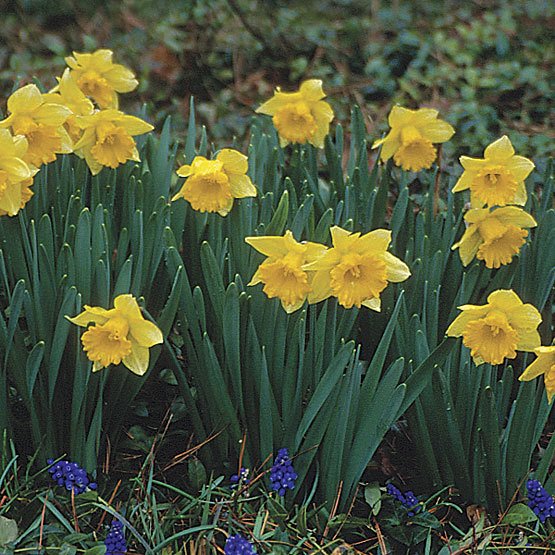Wildflowers of Tahoe
It’s flower season! Here in Tahoe, spring flowers are blooming! As the state starts to re-open and we are able to spend more time outside, how about we familiarize ourselves with some of the local flora we are so lucky to be surrounded by?! The Sierra Nevada mountains, and especially the Lake Tahoe region, are home to some unique and beautiful flowers and plants. Below we've included five of our favorite plants to see when we're on our own hikes through nature! See if you can spot them on your next adventure outside.
When exploring Lake Tahoe nature, be sure to respect all park rules, stay on the trails, and practice all social distancing guidelines. We have to do our part to protect the nature around us and keep each other safe. #OurParksMatter #FlattenTheCurve
Head to this website to see just how diverse the Tahoe flora is!

Wild Daffodils have been popping up all over Tahoe and they are a sight to behold! It seems incredible that this giant flower jumps into full bloom as soon as the weather gets warm - but did you know, once a seed germinates, it takes anywhere between five and seven years to produce a flowering plant? Good things come to those who wait!

Common Yarrow inhabits a wide range of environments, from dry to moist and low to high, from sea level to the Alpine zone of the major mountain ranges - probably why it's called the "common yarrow"! Sometimes, when mature, the petals can become pinkish and the center will turn brown. The entirety of the plant is an aromatic herb and has been used as medicine and insecticide. Handy!

Field Mustard originates in Europe but has sprung up all over the world! Classic invasive species. Even though field mustard isn't technically native to the Sierra Nevadas, it sure seems integral to our local landscapes.

American bistort, western bistort, smokeweed, mountain meadow knotweed, mountain buckwheat or mountain meadow buckwheates are all names for one of the most common wildflowers in the western mountains! The American bistort loves moist, open environments and when the setting is just right, takes over large expanses. The flowers grow from thick rhizomes (which are underground stems). The rhizomes were used for food by Native Americans, either cooked directly or ground up to make flour. Yum!

Wooly Mule's Ear has large, round, shiny leaves subtend a stout but lax stem 1 to 3 feet tall. Stem leaves are more lance-shaped, resembling the ears of mule. Cute and soft!
